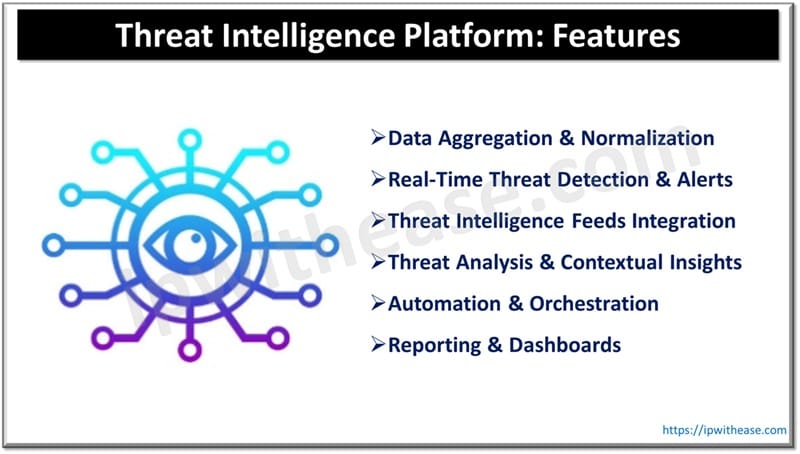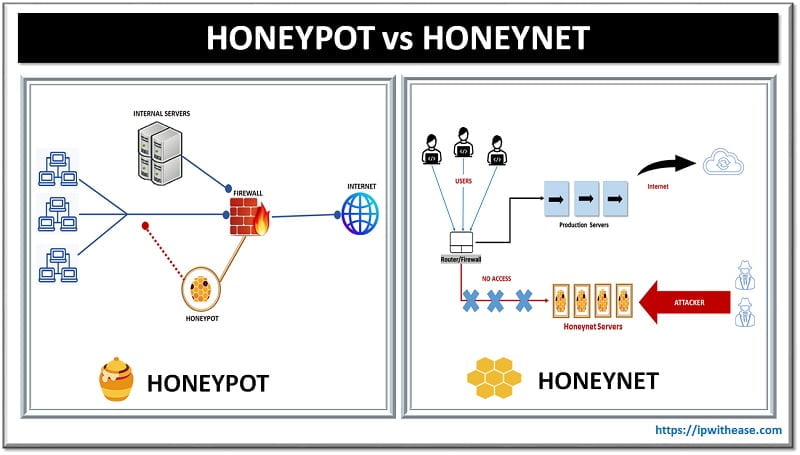Table of Contents
Cyber threats are no longer just viruses and spam emails. Today’s attackers use advanced tools, automation and global networks to launch highly targeted attacks. These threats evolve daily so security teams can’t track and defend against them.
Traditional defenses react after an incident. But in today’s digital world businesses need predictive insights to act before damage occurs. That’s where threat intelligence platforms come in. They take streams of raw, scattered threat data and turn it into actionable insights for teams to protect their business better.
For businesses of all sizes, these platforms are becoming critical for visibility across networks, endpoints and cloud environments. They simplify how security teams work and respond faster to growing threats.

What Is a Threat Intelligence Platform?
A threat intelligence platform is a centralized system that collects, analyses and distributes cyber threat data from multiple sources. Instead of manually reviewing thousands of alerts a platform organizes this information into meaningful insights.
It allows organizations to monitor indicators such as suspicious IP addresses, malware signatures, and phishing campaigns in real-time. Standalone feeds, which often overwhelm analysts with raw data, platforms add context and prioritize what matters.
These are the essential tools for businesses that need speed and accuracy in defending against complex threats. Many security teams look at the best threat intelligence platforms for cyber defence to see how to implement these capabilities.
By combining automation, machine learning, and real-time integration these platforms help organizations stay one step ahead of attackers. At the same time they reduce the human workload by eliminating repetitive manual tasks.
Core Features of Threat Intelligence Platforms
Data Aggregation and Normalization
A good platform gathers data from sources like open intelligence feeds, commercial providers, internal logs and even dark web forums. It then normalizes this information into a consistent format so analysts can review and act on it.
Real-Time Threat Detection and Alerts
The ability to monitor systems in real-time allows security teams to spot unusual patterns in seconds. Automated alerts highlight issues like potential intrusions or malware activity so teams can respond faster.
Threat Intelligence Feeds Integration
Integration is key to value. Platforms often work with SIEM, EDR and firewalls, pushing threat data into existing systems. So organizations don’t miss new indicators of compromise.
Threat Analysis and Contextual Insights
Platforms are great at taking raw data and turning it into intelligence. They analyze attacker motives, tactics and campaigns so teams can understand not only what the threat is but why it matters.
Automation and Orchestration
The automation reduces manual effort by automatically blocking malicious domains, blacklisting harmful IP addresses and correlating signals across tools so it secure the data smoothly. Saves time during incidents.
Reporting and Dashboards
Clear, customizable dashboards for executives, compliance officers and security teams to see the organization’s risk posture. Visual reports for regulatory reporting.
Benefits of Threat Intelligence Platforms
Organizations that use these platforms get faster threat detection and response times. Automation tools that reduces the alert fatigue so analysts can focus on the most critical risks.
Platforms that also help businesses comply with regulations like GDPR, HIPAA and PCI DSS by showing strong monitoring and data protection.
And they give visibility across hybrid cloud, on-premises and IoT systems which are hard to manage manually.
Use Cases of Threat Intelligence Platforms
Banks use platforms to detect fraud, monitor transaction anomalies and stop phishing attacks before they get out of hand. Healthcare sectors that providers use them to secure patient records, protect connected medical devices and comply with privacy laws.
In retail, all the platforms defend against e-commerce threats including account takeovers and payment card fraud. Government agencies use them to monitor and defend critical infrastructure against nation-state attacks.
A World Economic Forum case study shows how sharing threat intelligence across industries can improve defense readiness.
Challenges in Implementing Threat Intelligence Platforms
Despite the benefits, implementing these platforms is not without challenges. Too many companies struggle with integration when legacy systems are still in use. The cost of advanced solutions can be high especially for smaller businesses.
And there’s a shortage of skilled analysts to extract maximum value from these platforms. Without trained professionals you’ll underutilize the intelligence.
Best Practices to Get the Most Value
To get the most out of threat intelligence platforms start with clear objectives like fraud detection or malware defense. Integrate multiple feeds so the intelligence is always up to date and relevant.
Train staff to interpret the insights is just as important as implementing the platform itself. Human expertise combined with automation is a stronger defense. Regular audits and penetration tests will validate the system is working.
The Future of Threat Intelligence Platforms
Artificial intelligence will play an even bigger role in future platforms. Machine learning will give predictive insights that can detect attacks before they happen. Integration with extended detection and response (XDR) and Secure Access Service Edge (SASE) solutions will enhance protection.
Cloud-native and managed services will grow in popularity especially for smaller businesses that don’t have in-house resources. According to Gartner managed threat intelligence services will see sharp growth in the next few years.
Conclusion
Threat intelligence platforms change the way you defend against cyber attacks. By aggregating, analyzing and automating threat data you can act faster and more accurately.
Companies that use these platforms get more than visibility. They get resilience, cost savings and compliance. In a world where threats are changing daily, turning intelligence into action is no longer a nice to have – it’s a must have.
FAQs
1. How do threat intelligence platforms differ from other security tools?
Traditional tools focus on detecting and blocking threats within a single system. Threat intelligence platforms, on the other hand, data from multiple sources, add context, and integrate with existing defenses to improve overall protection.
2. Can smaller businesses benefit from threat intelligence platforms?
Yes. While large enterprises often lead adoption. This allows them to access without heavy infrastructure or staffing costs.
3.What industries gain the most value from these platforms?
Industries that handle sensitive data – finance, healthcare, government, and retail-gain the most.
ABOUT THE AUTHOR
IPwithease is aimed at sharing knowledge across varied domains like Network, Security, Virtualization, Software, Wireless, etc.



